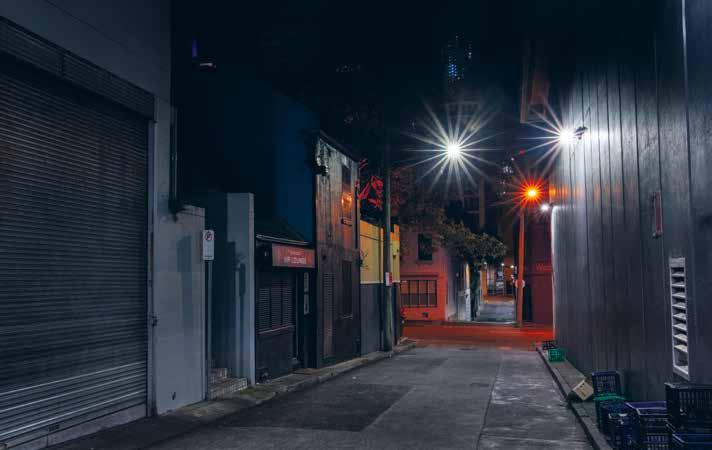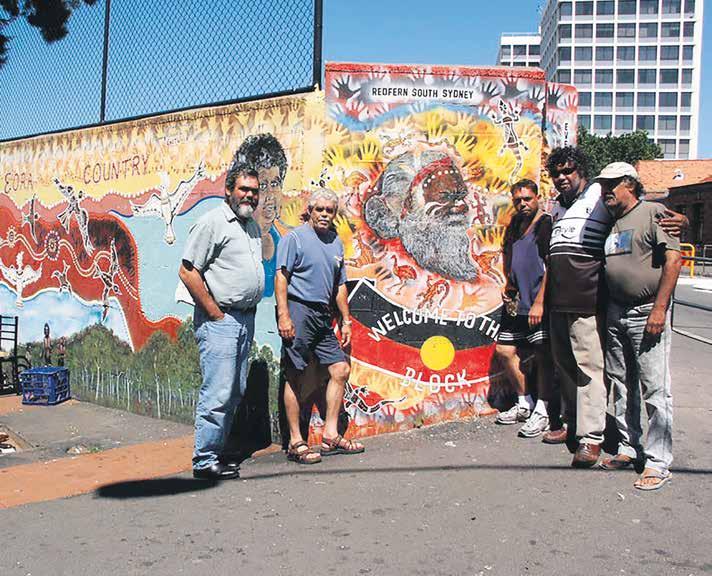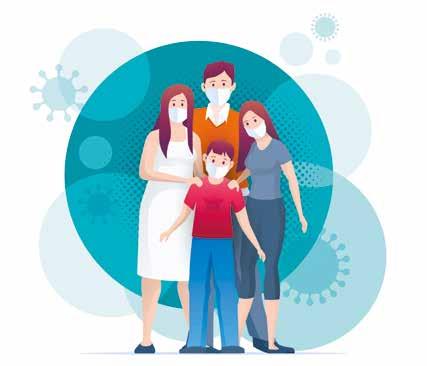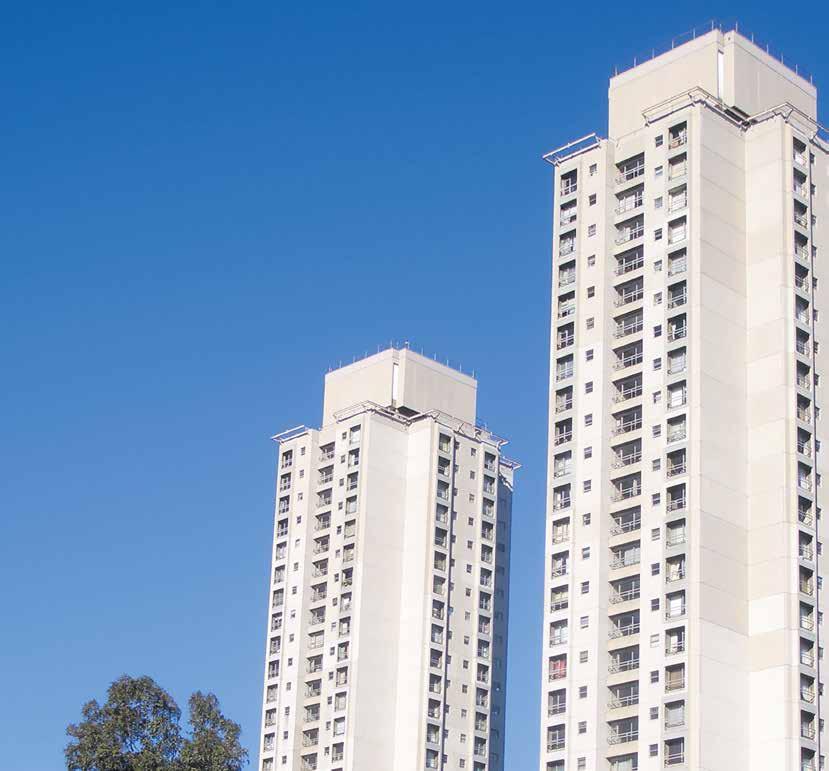
3 minute read
A preventable disaster
NEWS FEATURE A PREVENTABLE DISASTER THE VICTORIAN GOVERNMENT’S RESPONSE TO THE COVID OUTBREAK IN THE MELBOURNE PUBLIC HOUSING TOWERS RECEIVED MUCH CRITICISM. HERE, FRED FUENTES EXPLAINS HOW THE DEBACLE WAS ALLOWED TO HAPPEN.
The rapidness with which COVID-19 can spread and its deadly consequences, especially for the elderly, have been some of its most worrying characteristics. Unsurpris ingly, housing areas with people living in cramped conditions — sometimes with three generations under the same roof — have provided fertile grounds for contagion and death. That is why, as the number of positive cases grew in the Melbourne towers, health officials called for urgent action to stop the spread. Yet, despite being an entirely foreseeable scenario, govern ment authorities not only did not prepare for it, but actively contributed to the disaster.
Advertisement
While politicians and the media have sought to pin the blame on the migrant background of many tower residents, responsibility for the outbreak lies with government authorities. The two main causes of the renewed COVID-19 spike in Melbourne were the state govern ment’s farcical handling of hotel quarantining of returned travellers and the federal government’s failure to imple ment essential workplace safety measures to stop new outbreaks.
As case numbers rose, government authorities — at a federal, state and local level — refused to implement measures residents were calling forto help prevent the further spread of COVID-19, and failed to develop any plans for dealing with a potential outbreak. This govern ment complacency, rooted in its longterm policy of neglect towards the largely migrant communities who live in the towers, was the real cause of the disaster.
The Victorian government sought to deal with the outbreak by send ing hundreds of police officers into the towers with no immediate plan beyond forcibly imprisoning residents, including the sick, inside their homes.
A nightmarish scenario was made worse by the fact it took hours and, in some cases, days for residents to obtain information about the testing plan and receive food, medicines and other support services. In one instance, a mother was prevented from leaving her unit to see her newborn in hospital. All this only undermined trust in the process and the authori ties responsible for its implementation, precisely when it was most needed.
Victorian premier Daniel Andrews repeatedly said there was no hand book for dealing with such outbreaks. But given the wealth of available local and international experience in contain ing and suppressing the COVID-19 pandemic, the outbreak in the towers could have been avoided — and certainly should never have ended up being handled as it was.
The Melbourne towers’ debacle has confirmed that health authorities and the community are best placed to decide how, and if, police resources are required.
Where their involvement is deemed necessary, police officers must be disarmed. It has also highlighted the inadequacy of existing public housing stock in Australia, as well as the public health problems associated with high-density living. (See page 34.)
Courtesy of Green Left LEARNING FROM MELBOURNE’S MISTAKES Responding to community concerns, the NSW government has assured residents of the Waterloo estate that key lessons have been learnt from the Melbourne high-rise response and that — in order to avoid a policeled lockdown — it has adopted a preventative strategy instead. To that end, the Land and Housing Corporation has announced that sanitiser has been installed in all the Waterloo high risers. A cleaner is also based at each building from 7am-7pm every day to disinfect communal areas. Meanwhile, the City of Sydney has provided residents with two reusable masks per household. Furthermore, local agencies have been told that the Sydney Local Health District (SLHD) and the Department of Communities and Justice will work with them should a local response need to be implemented.
In an attempt to detect infections early through testing, the SLHD has set up a screening station at the Waterloo Neighbourhood Centre (Shop 95, Wellington Street, Waterloo). The clinic runs on Mondays, Wednesdays, and Fridays from 2pm-4pm. Residents who display the slightest of symptoms — sore throat, cough, fever, runny nose, or difficulty breathing — are advised to get tested as soon as possible. Free testing is also available at the Redfern Health Centre, and there are drive-through clinics located at Rozelle, Homebush, and Summer Hill.








